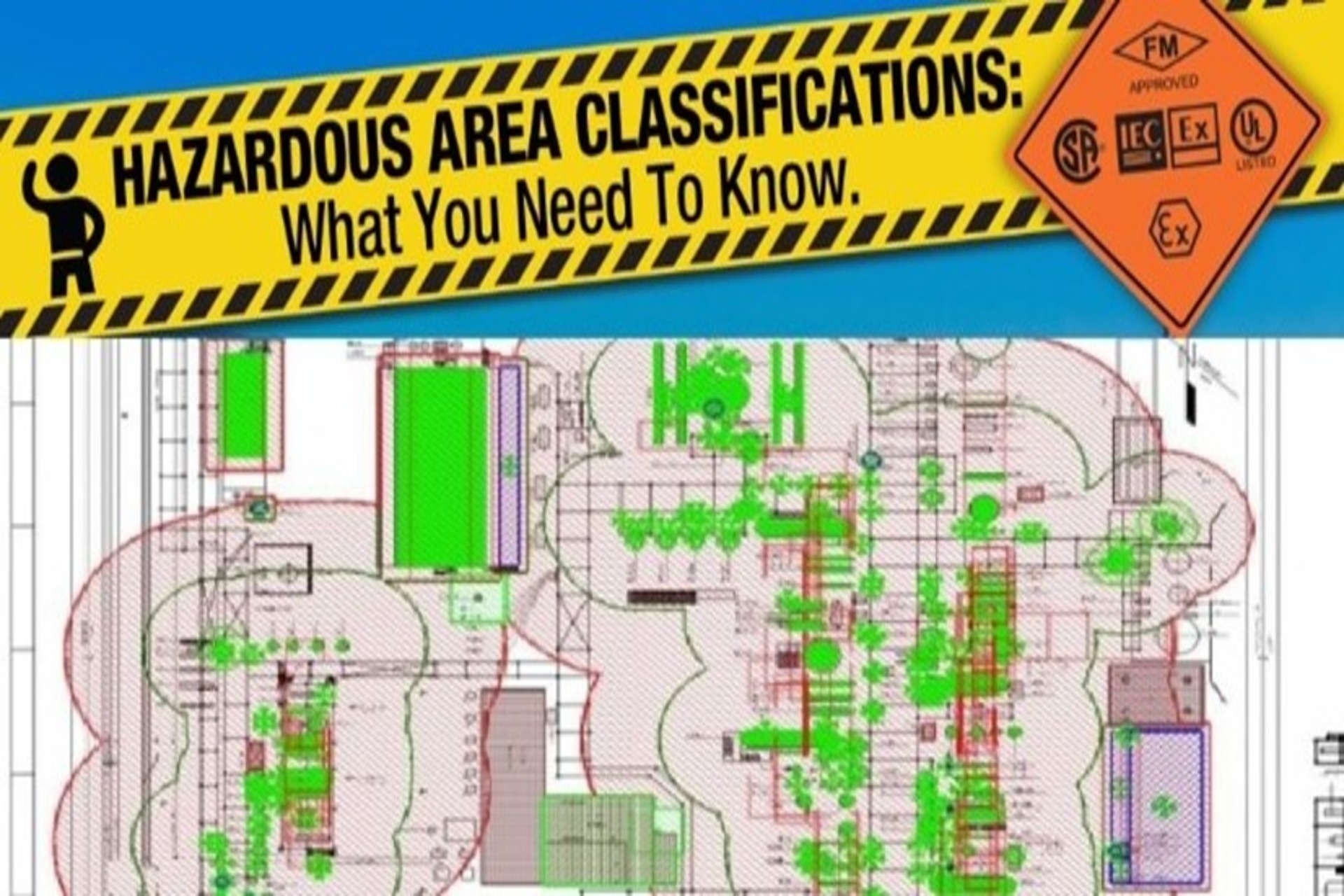
METHODOLOGY FOR HAZARDOUS AREA CLASSIFICATION (IEC)
The purpose of the Hazardous Area Classification study is to determine the extent of the hazardous areas around equipment handling or storing flammable fluids, combustible fluids and combustible dusts, both liquid and vapors in terms of Zone 0/20, Zone 1/21, Zone 2/22 The aim of hazardous area classification is to avoid ignition of those releases that may occur from time to time in the operation of facilities handling flammable liquids and vapors. The approach is to reduce to an acceptable minimum level the probability of coincidence of a flammable atmosphere and an electrical or other source of ignition occurring. In Hazardous Area Classification the extent of the hazardous areas around equipment handling or storing flammable fluids, both liquid and vapors is determined in terms of Zone 0, Zone 1, and Zone 2. The hazardous area classification around the equipment handling flammable/explosive dust is determined in terms of Zone 20, Zone 21, and Zone 22.

METHODOLOGY FOR SAFETY AUDIT
Safety Audit is legally abided by various legislations and many of the industries are conducting safety audits to check the level of safety in the organization and routes of the safety management system. But there are common legal requirements which are applicable for all industrial units.

METHODOLOGY FOR ROOT CAUSE ANALYSIS (RCA)
Root Cause Analysis (RCA) is a structured methodology used to identify the underlying causes of problems, incidents, or failures. It aims to go beyond addressing immediate symptoms and instead seeks to understand the fundamental reasons why an issue occurred. The primary goal of RCA is to prevent the recurrence of problems by addressing their root causes. It helps organizations improve processes, systems, and performance by understanding why things go wrong.




